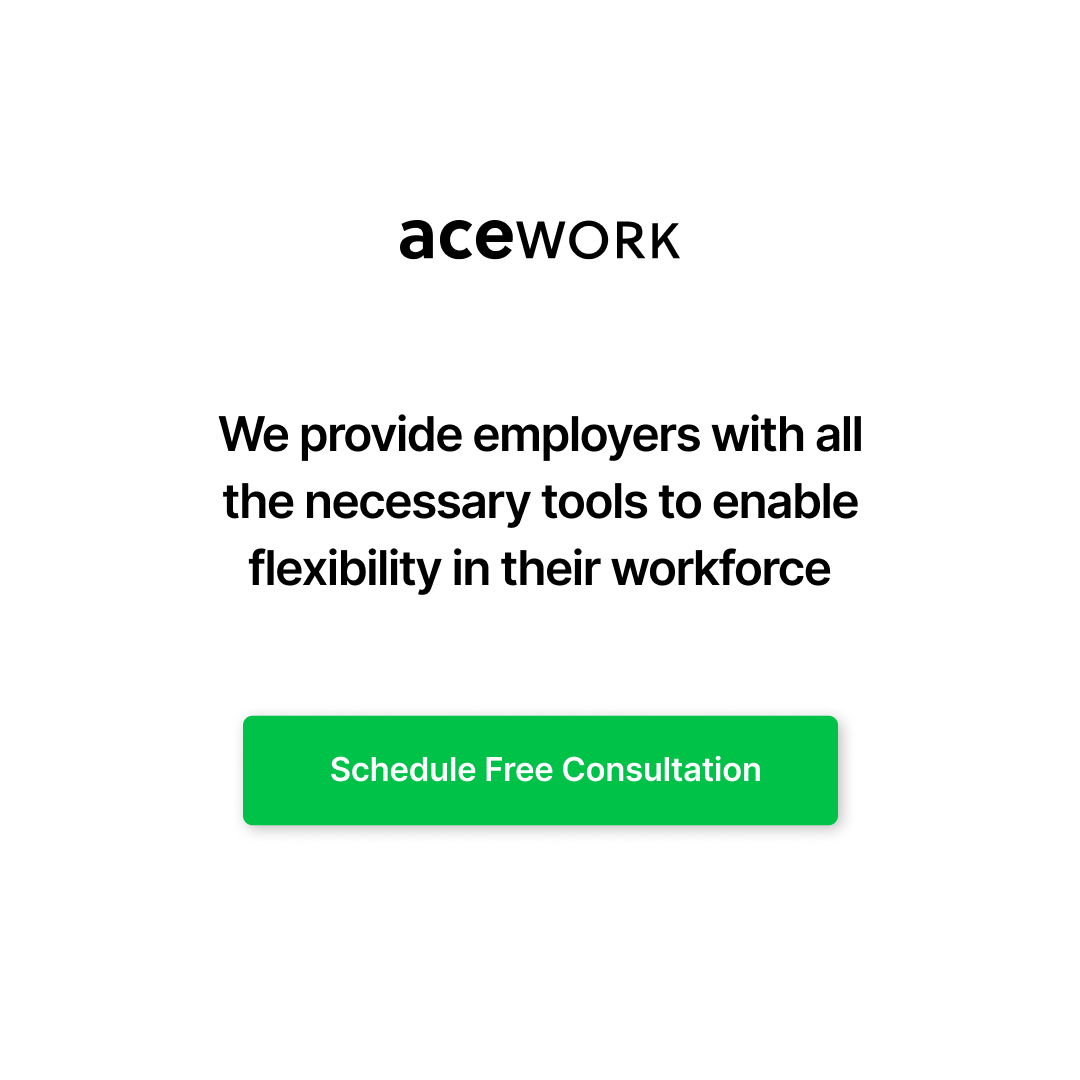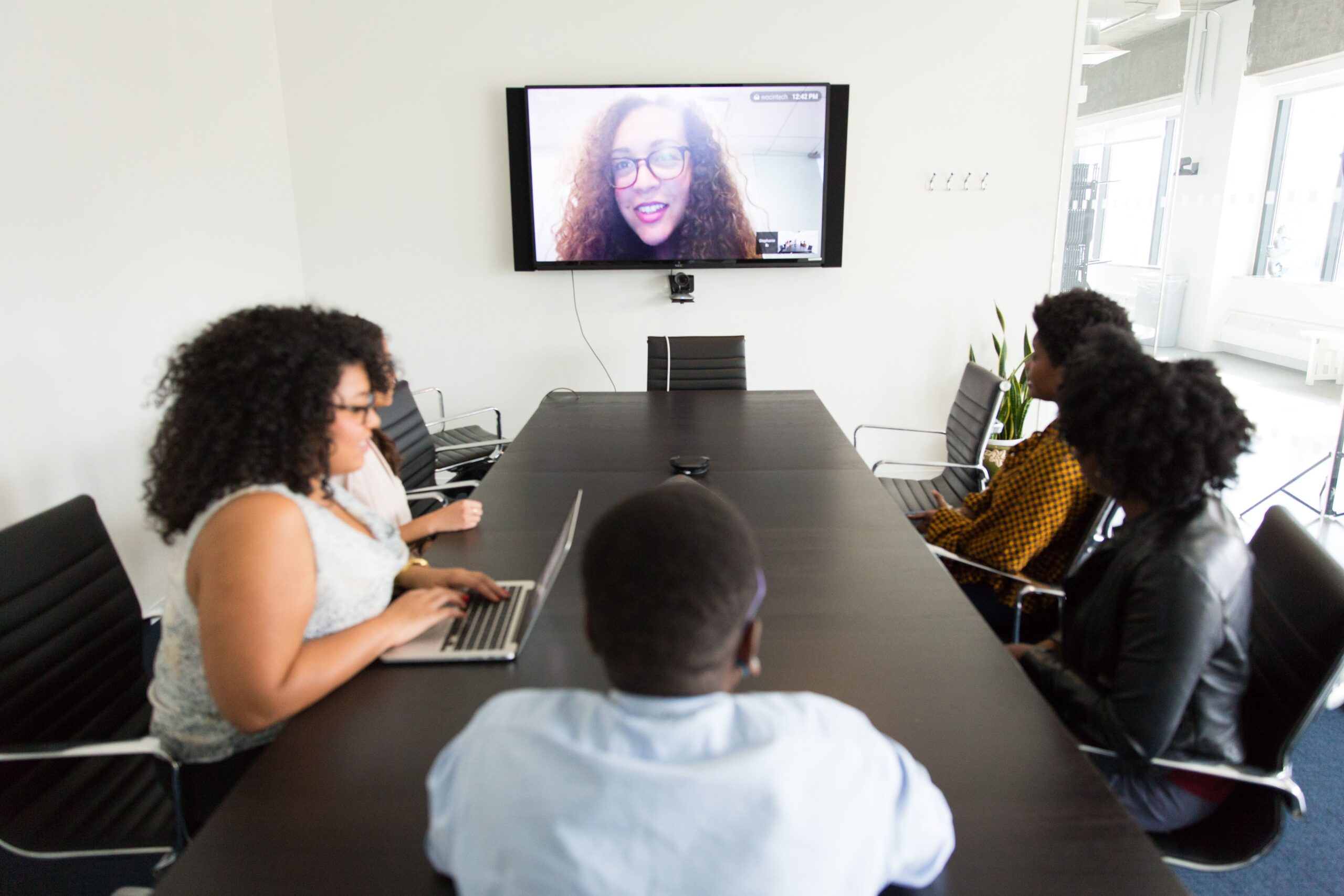When the world was hit by the pandemic, co-located companies had to adapt to alternate ways of working that included shutting down offices and forcing employees work from home. While this isn’t the distributed work we used to know before 2020, it gave many people the opportunity to prove their abilities to work remotely. Looking into the future, remote work is likely here to stay, but will move from ’emergency lockdown’ WFH to flexible work arrangements for most knowledge workers. Flexible work includes working location-independent, but the office still has its purpose. It will be perceived as a place to conduct meetings, encourage teamwork, kick-off projects and foster social relationships between co-workers. Coffee machine chats are not to be forgotten. The office is and will stay a social place but flexible work arrangements and distributed teams are most likely to take the lead.
We are definitely in the early stages of rethinking and redesigning ways of work and workspaces. According to PwC’s global The Future of Remote Work survey 2020, over half of the 300+ companies surveyed (53%) currently have remote work arrangement policies in place. Additionally, over 50% of respondents anticipated that they would refine/implement a remote work arrangement policy by the end of 2020. PwC also recently hosted a webinar with 800 international companies to support hybrid work setups. Flexible work models will become the norm for knowledge workers in positions like Sales, Finance, or Technology across most industries and sectors.
In addition, freelancers, short-term contractors and contingent workforces are also considered part of the increasingly flexible way to strategise around talent and skill acquisition. We are looking at a future where companies will embrace the idea of employees and individual contributors working from different locations and with different levels of involvement in the company.
What is flexible work?

Flexible work allows employees some flexibility to decide their place of work. There could be certain roles that are either mostly remote or mostly on-site. A flexible work arrangement means there are can be some rules around when employees must be present, such as twice a week, or one week per month. These can differ between departments or teams, but it is important to have a clear policy in place. Outside of the rules, employees have the freedom to choose where to work from.
Some benefits of flexible work
Many companies have now experienced the some advantages of remote work first-hand, while also seeing the challenges. Based on research prior to the pandemic, long-term, sustainable remote work has proven to:
- Increase productivity across teams: Enabled remote workers can be 35-40% more productive than in-office employees.
- Generate cost savings: On average, companies save €10,000 per part-time telecommute (office, business expenses relocation, fewer sick days).
- Increase engagement: By offering workspace flexibility companies can reduce employee absences and drive retention. It allows employees to choose a place they are able to work best and focus better.
- Foster inclusion: Flexible working arrangements can take into consideration team members with disabilities. Working from home gives people with disabilities or medical conditions the chance to work comfortably while staying connected.
- Improve velocity: The ability to work with teams spread across different time-zones allows for round-the-clock coverage of client needs, and delivers extra brainpower during core productive hours. By leveraging a global remote workforce, companies can scale more quickly.
- Leverage diversity: Hiring talent from diverse backgrounds and experiences means everyone has unique views and opinions. These are crucial in any company to identify discrepancies or build new ideas.
??? Successful Remote Leadership. Download Free Step-by-Step Guide???
Potential challenges of flexible work arrangements
- Complexities can arise if leaders consider flexible work arrangements as a risk. Leaders and managers create social cohesion and the hybrid virtual culture that organisations need by demonstrating courage, agility, ownership, and long-term thinking. A remote-first mindset of C-level and top leaders drives successful flexible working.
- Remote employees may feel isolated and disconnected from on-site teams. Providing supportive ways to new ways of work can help employees thrive in a hybrid work environment.
- Working in different time zones can cause roadblocks in workflow. Defining favourable core work hours is crucial.
- Poorly defined and wrongly used communication channels can cause stress and misunderstandings between team members.
- Employees who aren’t ‘digital natives’ may struggle adapt to the new ways of working at first. Especially implementing new tools must be done with care and with a focus on process improvement.
To start implementing flexible work arrangements, do these three things

Get leadership on board to humanise virtual collaboration
Emotional connection helps teams feel more engaged. This can inrease profitability by over 20% according to the research by Gallup. To ensure an engaged distributed or hybrid workforce create policies that benefit both remote employees and on-premises teams alike.
It’s important to make employees feel they are treated equally by fostering a remote-first culture. Create policies that make employees feel appreciated despite their location. Unclear expectations can be the downfall when transitioning your company to working remotely, so the process needs to be spelled out in detail.
You can consider some best practices that can help you achieve a sense of cohesion among team members.
- Uncover blockers such as distractions, lack of routines, and individual insecurities and concerns. Leaders must check-in regularly, practice active listening and provide support.
- Identify catalysts by focusing on the positives that motivate each employee. These can include purpose to work, psychological safety, and each team members operational capabilities help them thrive in a hybrid environment.
Our remote leadership guidebook is a practical and clear source of insights for leaders and managers how to successfully motivate a distributed team.
Embrace an Asynchronous Communication Style
Consider leveraging asynchronous communication to improve workflows and allow for more individual flexibility. Another advantage of async communication is that it can be more inclusive of different personalities. It allows for time to process information and compose a response after some reflection and thought. Especially introverted team members will have a better chance at getting ideas across in a written message than in a synchronous meeting.
However, when building trust or discussing emotionally charged issues (e.g. promotions, pay, and performance), face-to-face synchronous communication is the way to go. is preferred. Especially video improves the ability to show understanding, anticipate responses, provide nonverbal information, enhance verbal descriptions, manage pauses, and express attitudes.
Gitlab has done a great job in laying out when to get started and how to implement asynchronous communication.
Tip: Use project management tools wisely by adding notes, resources, and other supporting pieces of information to assignments. Team members should have everything they need to get started and finish projects without waiting for someone to get back to them.
Reconsider the way you conduct meetings
As companies embrace more asynchronous communication, their meetings must become more intentional. To be mindful of everyone’s time, communicate daily task-related updates through project management tools and not in meetings. They are a space to brainstorm, make decisions or discuss complex challenges. Sending an agenda ahead of time helps employees prepare thoughtful responses and questions to ask.
For companies considering more flexible ways of working in the future, it’s worth noting that distributed collaboration has been successful long before the pandemic. This is true for both fully distributed and partially distributed teams. Going forward, most employees will still require in-person touch points and most will always prefer a combination of on-site and distributed work. They will require opportunities to align expectations and build trust with each other, which is greatly supported by in-person interaction. In a world where technology enables distributed work at scale, it is more important than ever to bring people together in person to deliver on human needs.

At acework, we enable businesses to build their successful distributed workforce. We support you with tailored remote work consulting and vetted talent for flexible positions. Our advisory creates actionable strategies for companies based on their culture, processes, and business needs. Schedule a free strategy session to start building your high-performing distributed team. If you’re looking to hire top vetted remote or flexible talent, register your company and start hiring here.






